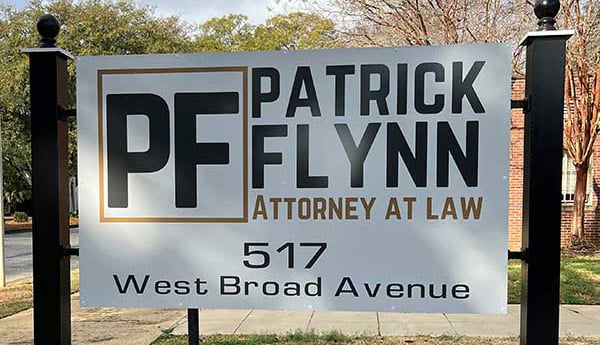If you were partly at fault for a car accident in which you were injured, can you hold another driver liable for your injuries? Under Georgia law, and under some circumstances, the answer is yes. The reason has to do with legal theories known as contributory negligence and comparative negligence.
In the past, courts would not allow injured people to recover compensation for their damages in personal injury claims unless they were completely blameless for the accident in which they were injured. Over time, courts and state legislatures realized this strict application of negligence law was leading to unjust results. Theoretically, in a case where Driver A crossed the center divide and smashed into Driver B’s car, Driver B could be barred from recovering compensation if they had simply forgotten to turn on their headlamps on a rainy day.
To ensure that more of the injured could recover the compensation they desperately needed, courts and state legislatures began to revise their negligence laws. Georgia’s approach to the problem is known as modified comparative negligence.
Comparative negligence
The basic idea behind negligence in car accident cases is that all drivers owe a duty of reasonable care to avoid the risk of an accident that might injure others. If a driver breaches that duty by acting carelessly, they have been negligent. If their negligence causes an accident that hurts someone else, the injured can hold them liable for their damages, such as medical bills and lost wages.
Negligence is not exactly the same thing as fault. After many car accidents, it is clear that one party acted negligently and the other did not, but there are many cases in which both drivers acted negligently in some way. In these cases, Georgia courts determine what percentage of fault each party holds for the accident. So long as an injured party’s share of the fault is less than 50%, they may recover compensation from the other party. However, their recovery is reduced in proportion to their share of fault.
In the example above, Driver A acted negligently by crossing the center line and Driver B acted negligently by failing to turn on their headlamps. If Driver B filed a personal injury lawsuit against Driver A, a Georgia court would determine how much fault each party held for the accident. Let’s say the court decided Driver A held 80% of the fault and Driver B held 20% of the fault.
Because Driver B’s share of the fault is less than 50%, they can recover compensation. However, their recovery will be reduced by 20%.
Comparative negligence cases can be very complicated, but they can also be crucial ways for injured people to recover compensation they need.

